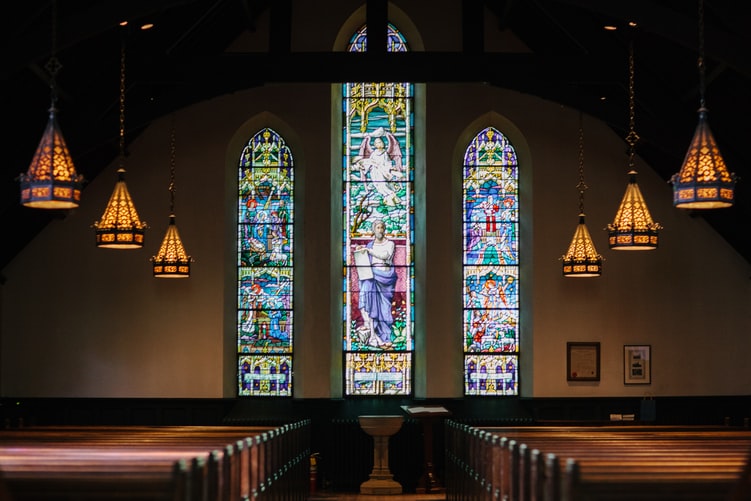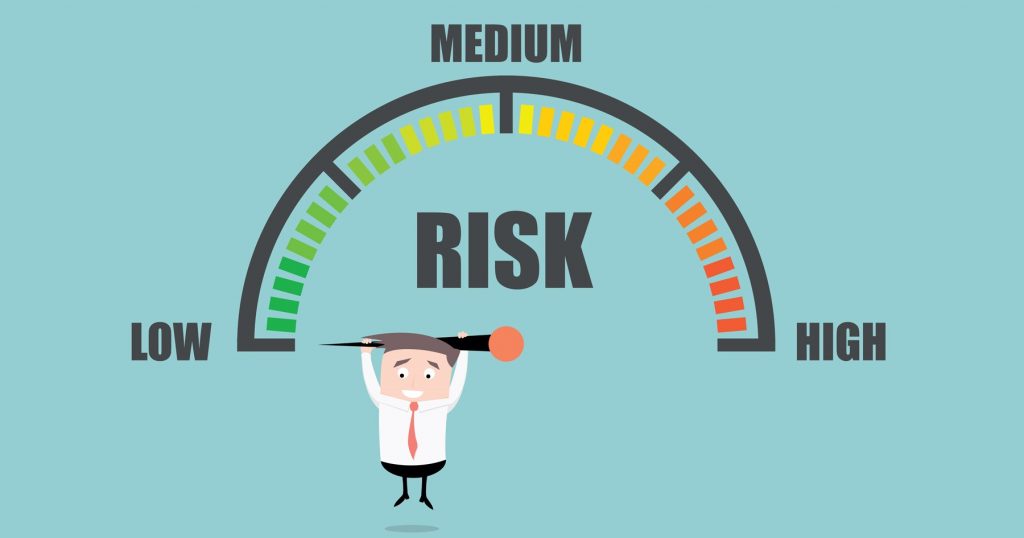A place of worship was the last place to worry about your security. We go to these places with our minds and hearts on spiritual matters. We feel safe there and it’s one of the few places where we are not reluctant to turn our back at the door.

In its latest statement, they indicated that their research has revealed that Salati-Jihadist group in Burkina Faso has shifted its attention to Christian Churches in Ghana.
Who attacks a place of worship? A recent data show that the level of violence at places of worship across the world have risen since 2012. Here are some major attacks in recent times across the world
- May 2019: 6 killed, Catholic church, Dablo, northern of Burkina Faso
- November 2018: 1 killed, 1 injured, Mosque attack, Ntlazane Road, Khayelitsha Cape Town, South Africa
- November 2017: 26 killed, 1st Baptist Church, Southerland, TX
- September 2017: 1 killed, 6 wounded Burnette Chapel Church of Christ, Antioch, TN
- June 2015: 9 killed, Emanuel African Methodist Episcopal Church, Charleston, SC
- November 2014: Dozens killed, mosque Friday prayers, city of Kano Nigerian.
Crime prevention is a shared responsibility. As security agencies bring criminals to justice and prevent crimes from being committed. We can as a community play a part in making our country and society a safer place to live and worship.
As such, today’s blog post is to provide advice, which I hope will reduce the chances of you or your place of worship becoming a victim of a crime and, at the same time, provide a much safer environment for people to meet and practice their faith or religion.
Let get started!
The security of the place of worship encompasses many components, such as the safety of the congregation or any individual who attends a service or a program, preservation of religious artefacts, protection of physical assets and cyber information, medical emergencies, natural disasters or acts of terror among others.
There are many ways you can secure your place of worship. This blog post divides the methods into two components namely;
- Internal Security Controls
- External security Controls
Before you take any measure of securing a place of worship, it is essential that you develop a security plan based on the premise that it will be an evolving document that will change frequently.
Religious facility around Ghana and Africa vary greatly in size and resources, resulting in a diverse commitment to security. Some assemblies may be held in a home or a community centre, while other facilities are huge campuses with multiple buildings and activities occurring around the clock. Each facility will have different considerations.
For example, a small congregation of 100 will have a different list of concerns than a congregation of 1,000. However, it is imperative that you have a security plan for each congregation level of security and determine what is appropriate for the place. Acquiring the services of a professional security service provider will be ideal to help you come out with the best security plan and practices.
Internal Security Controls
1. Access Controls
Controlling and limiting access to certain areas of a place of worship is one of the most important steps to security improvement and should be implemented whenever possible. Some places of worship staff and worshippers will not be comfortable with restricting access, however, If this is the case, then it is important to monitor access of those in attendance and those outside the premises.
Place of worship must have sufficient staff and exceptional policies and procedures to ensure children are safe from internal and external threats. A very serious potential mistake would be to release a child to the wrong person, which could happen during a divorce or with a blended family. An access control device and cameras at the children department will go a long way to ensure security.
Security is no more a luxury or for the rich but it is a necessity. Integrating security features like access controls into your place of worship security program is a good investment. Some security features may appear drastic in some settings, while rather routine in others.
2. CCTV SYSTEM
Places such as children, the Imam, the clergy’s office, and access points must have cameras.
The cameras can be focused around items that are most likely to be stolen. For places of worship with little capital to spend, a camera with audio that can be monitored from a cell phone can be purchased.
Though not the best you can alternatively, have members stand at each entrance to the area of worship. They should observe, meet, and greet every person entering. This would be a layer of security, observing people as they enter from the outside.
3. Alarm System
You should consider installing a basic burglar and fire alarm system. Believe it or not, attacks can come from arsons. Ensuring adequate fire alarm coverage is ideal should the place of worship gut fire. You should contact professionals to assess your facility to determine what is needed. An alarm system should cover access points and key areas where expensive items are housed.
A camera system can also serve as an alarm system by using video analytics and integrating with access control systems.
Install panic alarms at areas where the congregation, church workers or mosque workers can initiate emergency procedures when suspicious persons approach or breach security protocol
EXTERNAL SECURITY
Exterior security controls encourage us to think about how best to secure the perimeter of the church, parking lots, playground areas, and mass drop-off areas. Think critically about the vulnerability of crowds and how they can be attacked, both outside and inside buildings. In a 15-year study of the most violent crimes at faith-based organizations, more than 70% of the acts occurred outside the building on ministry grounds or parking lots.
1. The Perimeter
Consider enhancing the perimeter of your place of worship. Consider enhancing perimeter security by adding a decorative fence, it can be aluminium, board, stone, brick or multiple combinations thereof. The goal is to clearly define the place of worship perimeter and limit or reduce the potential for people to drive across the property.
Install planter barriers and gates near entrances. Secure points of entry when no events are taking place. If your facility has back entrances and parking lots, these should be locked off. Trim shrubs, bushes, trees that are near the building to reduce hiding places. Remove potential fire hazards, such as trash. Keep dumpsters in a locked dumpster pad. Consider vehicle barriers or bollards for vulnerable entries.
2. Doors
Ideally, doors should be wood or steel with a solid frame. However, many places of worship have glass doors to allow visibility. In that case, purchase the thickest glass you can afford. Consider anti-intrusion glass film for entry doors and other ground-level glass.
3. Windows
The place of worship windows should be secured prior to closing and are in working order. Consider glass liner for public areas to reduce and prevent glass chards from explosions that may cause breakage and dispersion.
4. Locks and Keys
A code entry system with an alarm provides two levels of protection. The key code can indicate when someone enters and an alarm system will indicate if a door is unlocked. Additionally, consider mechanical locking systems, as they have become more affordable.
Regularly check the locks on the doors and windows for evidence of tampering. If standard locks are used, the keys should be issued to individuals who have a specific need. Maintain a master key list and require recipients to sign a receipt for keys.
In Conclusion,
Unity in number is a strength. You should ensure that all leaders of your faith are tasked with the challenge of creating a safe place to worship.
Remember that various security precautions can be implemented in a subtle, completely unknown and unobserved by congregants.
For example, implementing a “Welcoming Committee” that includes individuals observing and welcoming people as they enter the facility will basically be unnoticed as a security program, yet it is highly effective when the members are trained in security detection.
Regardless of congregation size, facility size, or location, it is imperative that you keep highlighting the topic of security for education and sensitization purpose.
Have your say,
Do you have a security plan for your place of worship? What steps have you taken to ensure security at your place of worship? What worked and what didn’t? Would you love to have a professional security service provider provide training for your church or mosque security committee?



